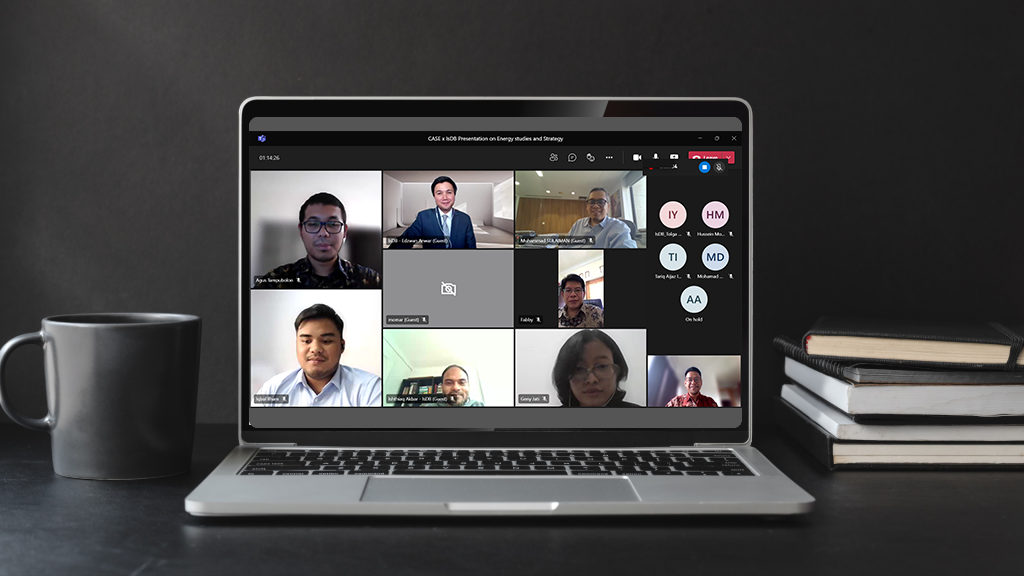Executive Director of the Institute for Essential Services Reform (IESR) Fabby Tumiwa, who highlighted the huge potential of solar power generation as a new renewable energy for Indonesia. Not only…
PLN is now overshadowed by a potential financial threat if the tariffs used are not adjusted. In encouraging the energy transition, business innovation is needed by PLN. Business innovations include…

Open Canvas: IsDB seeks advice on Energy Transition in Indonesia and Southeast Asia Region with IESR
Jakarta, 1 December 2021 - In the past year, the term energy transition has gained traction in the policy advocating process as well as public discourse. The energy sector, as…
